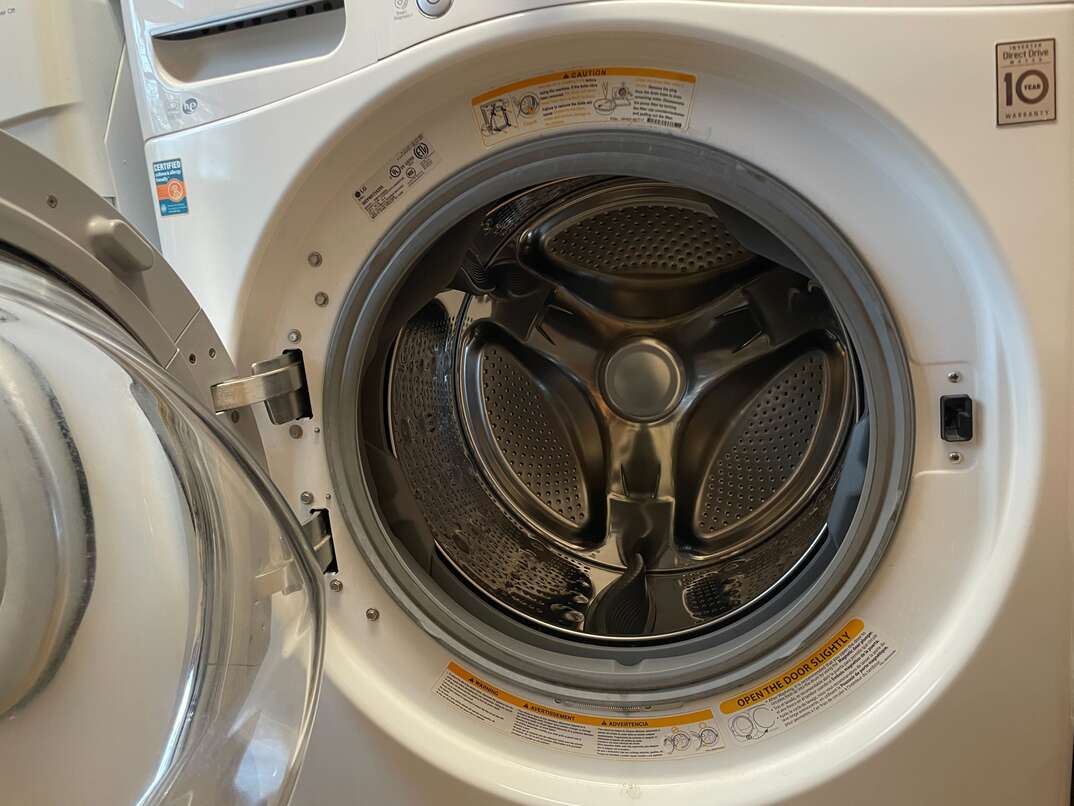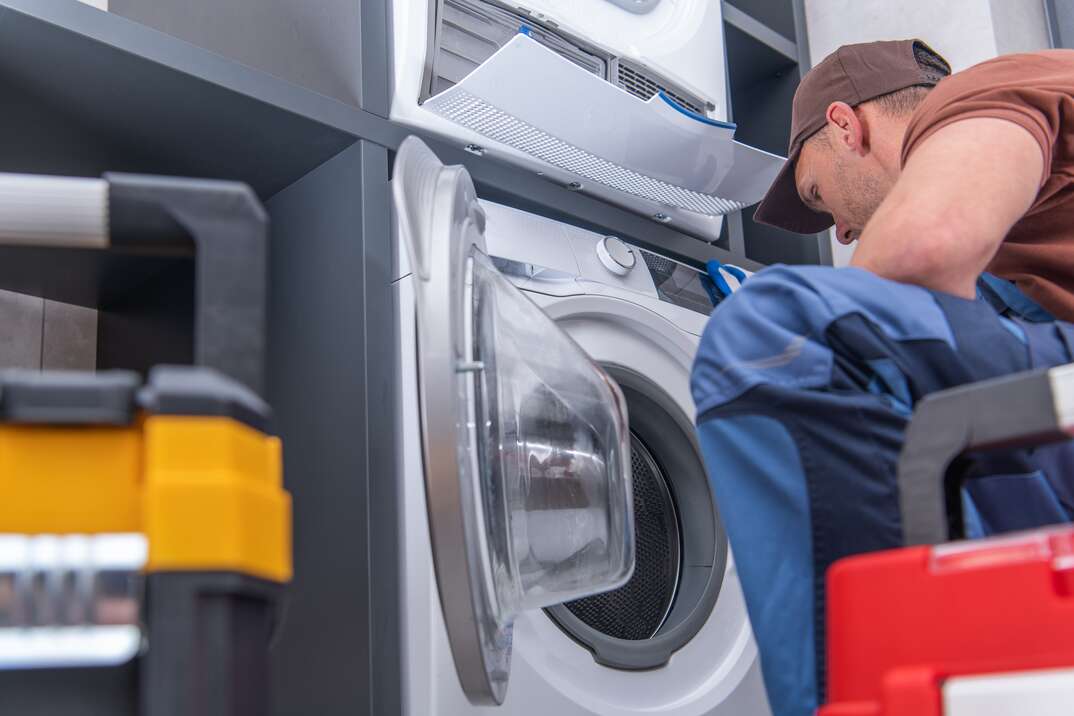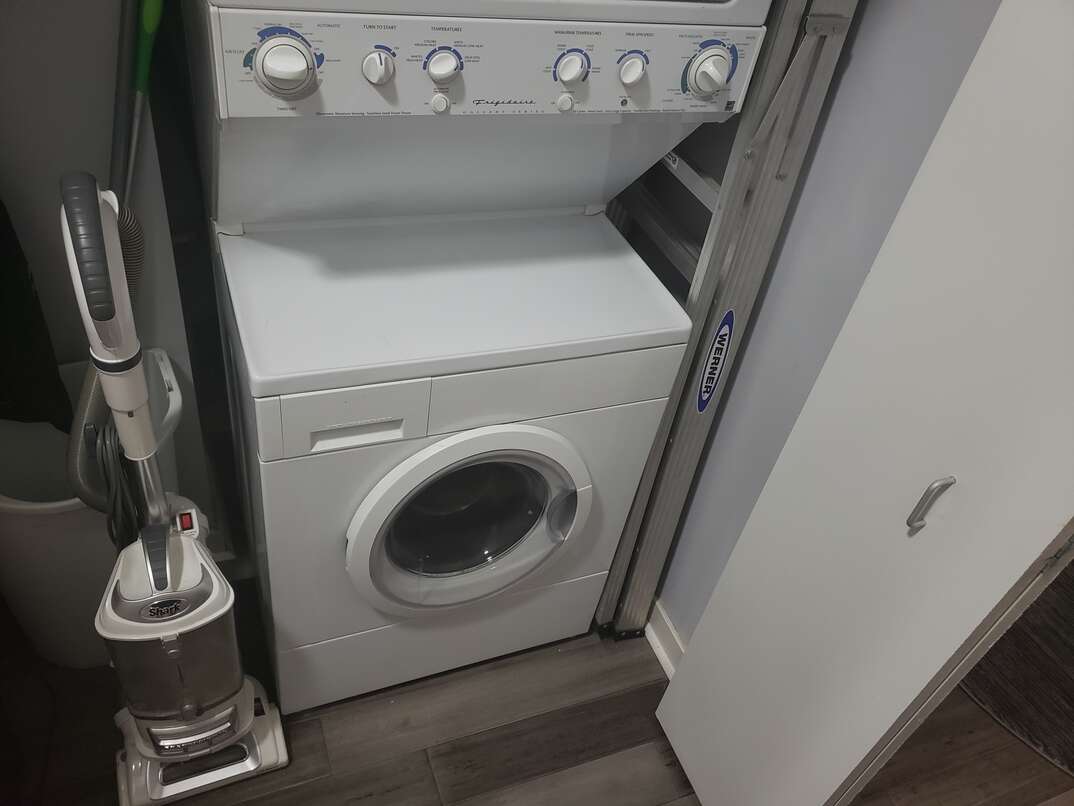Introduction
Discovering mold on your clothes can be disheartening and concerning. Mold not only damages fabrics but also poses potential health risks. It is essential to handle moldy clothes with care and follow appropriate cleaning procedures to ensure the removal of mold spores and prevent further contamination. In this guide, we will explore the proper care and washing guidelines for dealing with moldy clothes, addressing key considerations and effective techniques to restore the cleanliness and safety of your garments.

Can you put moldy clothes in the washing machine?
I. Safety Precautions
-
Assess the Extent of Mold Growth:
- Before proceeding with cleaning, evaluate the extent of mold growth on your clothes. If the mold covers a large area or has deeply penetrated the fabric, professional cleaning may be required, or it may be advisable to dispose of the garment to prevent further spread of mold.
-
Personal Protective Equipment (PPE):
- As a precautionary measure, wear personal protective equipment while handling moldy clothes to minimize direct contact with mold spores. It is recommended to wear gloves, a mask or respirator, and protective eyewear to prevent inhalation or skin contact with the mold.
II. Pre-Treatment and Stain Removal
-
Remove Excess Mold:
- Take the affected garment outside or to a well-ventilated area and use a brush or soft cloth to remove any visible mold spores. Gently brush the surface of the fabric to dislodge loose mold particles. Dispose of the brush or cloth properly to prevent further contamination.
-
Treat Stains:
- Mold can leave behind unsightly stains on fabric. Pre-treat any visible stains before washing. Create a solution by combining equal parts white vinegar and water or by using a commercial stain remover specifically formulated for mold or mildew stains. Apply the solution to the stained areas and gently rub with a soft cloth or sponge. Rinse the fabric thoroughly.

III. Washing Machine Guidelines
Suits and Materials:
-
Non-Porous or Washable Fabrics:
- If the affected garment is made of a non-porous and washable fabric such as cotton, polyester, or synthetics, it is generally safe to wash it in a washing machine. However, consider the garment’s care label instructions and any specific recommendations provided by the manufacturer.
-
Delicate Fabrics or Specialty Items:
- Delicate fabrics such as silk, wool, rayon, or cashmere may require special care. Consult the care label and consider handwashing or professional cleaning to avoid potential damage or shrinkage.
-
Colorfastness:
- Check if the garment is colorfast by conducting a colorfastness test in an inconspicuous area. Dampen a cotton ball or cloth with water and gently rub it on the fabric. If the color transfers onto the cotton ball or cloth, it may not be colorfast and require specialized cleaning methods.

Washing Procedure:
-
Select the Appropriate Water Temperature:
- To kill mold spores effectively, use hot water (if permitted by the garment’s care label) or the highest temperature recommended for the fabric. Hot water helps to break down and remove mold, but ensure that it is safe for the garment.
-
Choose a Suitable Detergent:
- Use a heavy-duty detergent designed to remove stains and mold. Look for cleaners containing bleach, hydrogen peroxide, or enzymes, as these ingredients can help kill mold spores and eliminate odors. Follow the detergent instructions and use the recommended amount for the load size.
-
Load Balance and Separator:
- Place moldy garments in a separate laundry load to prevent potential cross-contamination with other clothes. If washing multiple moldy garments together, distribute them evenly to maintain load balance and efficiency during the wash cycle.
-
Washing Cycle:
- Select a longer wash cycle to allow sufficient agitation time and ensure thorough cleaning. Avoid using quick or delicate cycles as they may not provide adequate cleaning for moldy clothes. Follow the garment’s care label for specific wash cycle recommendations.
-
Additional Laundry Additives:
- Add an additional laundry additive to further enhance the removal of mold and odors. Vinegar, baking soda, or commercial laundry odor remover products can be effective in neutralizing mold spores and eliminating musty smells.

IV. Drying and Aftercare
-
Air-Drying:
- Avoid using the dryer for moldy clothes, as it can set any remaining stains or odors and make them more difficult to remove. Instead, air-dry the garments in a well-ventilated area, preferably outside to take advantage of sunlight and fresh air, which can help kill remaining mold spores.
-
Sun Exposure:
- Sunlight has natural bleaching and disinfecting properties that can aid in the removal of mold and mildew. Hang your clothes in direct sunlight to harness these benefits. However, be mindful of the fabric’s sensitivity to direct sunlight, as prolonged exposure may cause fading or damage.
-
Inspect and Repeat Treatment, if Necessary:
- After air-drying, inspect the clothes for any remaining mold stains or odors. If traces persist, repeat the pre-treatment and washing steps to further target the mold. For persistent or severe mold infestation, professional cleaning may be necessary.
-
Prevent Future Mold Growth:
- Take preventive measures to inhibit future mold growth. Store clean, dry garments in a well-ventilated area with low humidity levels and sufficient airflow. Consider using moisture-absorbing products or dehumidifiers to control humidity and reduce the risk of mold formation.
V. Professional Cleaning Services
-
Consider Professional Cleaning:
- In cases where mold growth is extensive, deeply embedded, or affects delicate fabrics, it may be prudent to seek professional cleaning services. Professional cleaners have the expertise and specialized equipment to effectively remove mold and restore garments without causing further damage.
-
Mold Remediation Consultation:
- If mold growth is persistent or recurrent, consider consulting with a mold remediation professional to assess and address potential underlying issues in your living environment that may contribute to mold growth on clothes.

VI. Conclusion: Safely Restoring Moldy Clothes
Proper care and washing practices are essential when dealing with moldy clothes to effectively remove mold spores and prevent further contamination. Following safety precautions, pre-treating stains, using suitable washing machine guidelines, and air-drying clothes can aid in restoring the cleanliness of your garments.
Remember to regularly inspect stored clothes for signs of mold and take necessary measures to maintain a dry and well-ventilated environment. By managing mold issues promptly and diligently, you can ensure the longevity, cleanliness, and safety of your clothes for years to come.

